Ball is now in India’s court: DG ISPR
Major General Asif Ghafoor tells CNN the world should facilitate Pakistan in getting rid of proscribed organisations
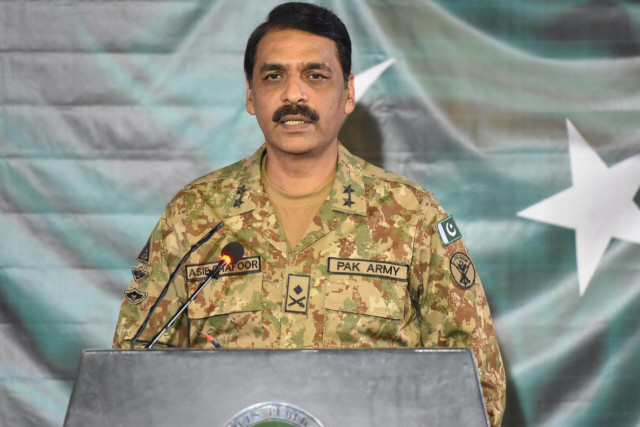
DG ISPR Major General Asif Ghafoor. PHOTO: ISPR
In an interview with CNN, Director General Inter-Services Public Relations Major General Asif Ghafoor said it was up to New Delhi to follow Pakistan’s decision of releasing captured Indian pilot as a peace gesture and decide whether it wanted to move towards de-escalation or continue pursuing a warmongering agenda.
He said the army felt that the ball is in India’s court – the situation will get worse should they decide to escalate tensions.
When asked about the tumultuous ties, Ghafoor said the two nations had “come close to war” because when India violated Pakistani airspace on February 26, it initiated aggression. A day later, Pakistan Air Force’s carried out a retaliatory strike by targeting open spaces to ensure no human and collateral damage occurred.
The military spokesperson explained the situation at the Line of Control (LoC) had been “eyeball-to-eyeball” for decades but the recent Indian aggression resulted in both countries adopting safeguards.
The number of troops along the LoC has increased - as part of military planning, safeguard measures are taken when the stations are deemed hot, he told CNN.
Ghafoor refuted Indian claim of destroying Jaish-e-Muhammad (JeM) “training camps” in the mountainous reigns of Balakot. He asserted that there was no human casualty nor did the airstrikes damage any infrastructure. “Their claims are false. I believe a recent announcement from their [Indian] side as well that they cannot claim any casualty,” he added.
Elaborating on the government’s decision to act against JeM, the ISPR spokesperson shot down Indian claims over the February 14 Pulwama attack. “First of all, the claim was not made from within Pakistan since JeM does not exist in the country. It was proscribed by Pakistan and the United Nations.”
Ghafoor refuted the perception that the state was acting under pressure and asserted that “anybody who operates from Pakistan” is against the country’s interest. “Instead of blaming Pakistan, it is time the world assisted and facilitated Pakistan in getting rid of such organisations.”
When the host asked Ghafoor to reflect on what triggered the attack on Indian soldiers in the disputed valley, the military spokesperson said the answer could be found in the recent report on Indian occupied Kashmir issued by the United Nations Human Rights Commission.
The 2018 report highlighted grave human rights violations committed by the occupying forces in the disputed valley.
“If you suppress the local population to an extent that they are being killed, raped and fired upon by pellet guns then it is a natural reaction.”
Ghafoor stressed that the claims were not just by Pakistan but part of the UNHRC report. “The world has to see what is forcing the Kashmiri youth towards violence.”
He urged India to introspect rather than “frame allegations” against Pakistan.
“We have to move towards the resolution of Kashmir because the issue is a flashpoint for peace in the region,” the military spokesperson concluded.
Indian claims of shooting down Pakistan's F-16 debunked
A timeline of the Indo-Pak tensions escalating
Tensions escalated dramatically between Pakistan and India on February 14 when a young man – a native of Indian occupied Kashmir (IoK) – rammed an explosives-laden car into an Indian military convoy, killing at least 44 soldiers.
India was quick to blame the state of Pakistan for the suicide bombing.PM Imran offered every possible help in the investigation, but India turned down the offer and whipped up war hysteria.
On February 26, the Indian Air Force violated Pakistani airspace. The country’s top civil and military leadership declared the violation of airspace by Indian fighter jets “uncalled for aggression” and decided that the country would respond at a “time and place of its choosing”.
On February 27, Pakistan announced it had shot down two Indian fighter jets that attempted to violate its airspace and captured an Indian pilot. The military’s media wing later released a video of the pilot, who introduced himself as Wing Commander Abhinandan bearing service number 27981.
Director-General Inter-Services Public Relations (ISPR) Major General Asif Ghafoor said in a press conference that the armed forces had responsibly retaliated to Indian incursion by striking a target few miles from an Indian military’s administrative unit to ensure there were no human life or collateral damage.“We decided to not hit a military target or endanger human life. We did not want to retaliate at the cost of regional peace. We do not want escalation,” he told reporters.
India asks Pakistan to ‘do more’
A few hours later, Prime Minister Imran Khan took the nation into confidence over the armed forces’ response. As escalating tensions fuelled concerns of all-out war between nuclear-tipped Pakistan, Imran warned of catastrophic consequences should “better sense” not prevail. The premier ended his speech with another peace talks offer and cooperation in Pulwama attack investigation to India.
On February 28, the Foreign Office said it received a dossier on the Pulwama attack from the Indian government. It added that the government was deliberating whether to treat Abhinandan as a prisoner of war (POW) or apply any international convention.
In the evening, PM Imran addressed a joint session of the parliament and announced that Pakistan would release the captured pilot as a goodwill gesture to de-escalate tensions.
On March 1, Pakistan ‘as a goodwill gesture’ handed over to Indian authorities the captured IAF Wing Commander Abhinandan Varthaman as the nuclear-armed neighbours scaled back a confrontation that has prompted world powers to urge restraint.

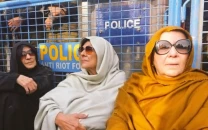
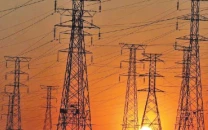

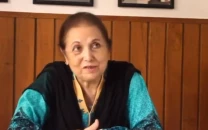
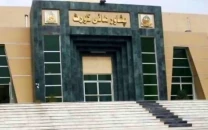
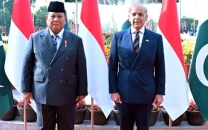












COMMENTS
Comments are moderated and generally will be posted if they are on-topic and not abusive.
For more information, please see our Comments FAQ